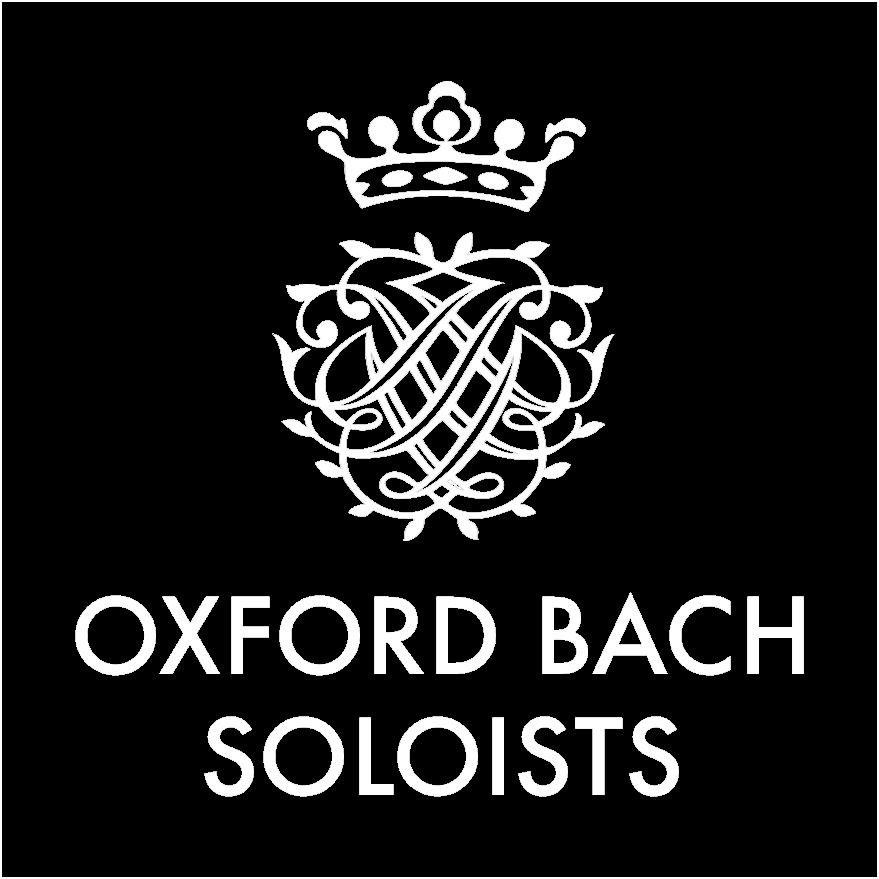Tom Hammond-Davies takes a closer look at Bach’s Easter settings
26 March sees two of Bach’s great choral works performed by the Oxford Bach Soloists at St Michael at the North Gate as part of this Easter’s musical offering – but they couldn’t be more different, as Tom Hammond-Davies explains:
‘We will be presenting two contrasting works from each end of Bach’s life, both telling the story of one of the most crucial events in world history: The Resurrection of Christ on Easter Day’.
Bach composed Christ lag in Todesbanden (Christ lay in the snares of death) at the age of just 22, soon after his legendary 250 mile walking pilgrimage to hear the 68 year old organist Buxtehude play in Lübeck.
The interesting thing about the music is that it is one of Bach’s first cantatas. John Eliot Gardiner describes it as Bach’s “first-known attempt at painting narrative in music”. It’s basically a series of variations on the Lutherian 7-verse chorale, which he based on the 12th-century Easter hymn “Christ ist erstanden” (Christ is risen). This hymn relies both in text and melody on the sequence for Easter, “Victimae paschali laudes” – one of the few sequences that are still in liturgical use today’.
Pitted against this is Bach’s magnificent Easter Oratorio, the last of his great Cantatas for Easter.
Tom tells us that: ‘Leipzig was a demanding hothouse for Bach’s ingenuity and creativity. He was expected to produce a constant output of celebratory new music throughout the 27 years he was based there as Thomaskantor, Cantor of the Thomasschule at the Thomaskirche (St. Thomas Church) in Leipzig. In addition to providing music for four churches in the city he and his four deputies also had to teach students both singing and Latin. However, there were frequent differences of opinion with his employer, Leipzig’s city council who he referred to as penny-pinching.’
So how did Bach manage to keep up with these demanding deadlines? As Neil Jenkins writes in his preface to the Novello edition of the Easter Oratorio:
‘Bach composed many pieces of celebratory music during his time in Leipzig. Some were Birthday Odes for members of the ruling family. As these were only destined to receive one performance it is not surprising to find movements from them reappearing in the church cantatas which he had to provide each week for the St. Thomas choir. Bach knew a good thing when he saw it, and was determined to find a new home for some of the large-scale choral and orchestral movements into which he had put so much creative effort.
In the case of the Easter Oratorio it is even likely that he planned a dual use for this music from the inception. It started life as a secular birthday cantata for Christian, Duke of Sachs-Weißenfels in February 1725. As with all of these cantatas (including the Christmas Oratorio ones) it started and ended with loud celebratory movements employing the town’s trumpeters and drums, of which the last one called for a full chorus as well.’
Very soon afterwards the music reappeared with a new, sacred, text as the cantata on Easter Sunday 1725, where the original festal scoring was equally appropriate.’
‘Bach reused the music again in August 1726, as a celebratory birthday cantata for Count Joachim Friedrich von Flemming. The work underwent further revision in the mid-1730s, when it was give the title Oratorium’
‘Thus we have the Easter Oratorio’ explains Tom, ‘a complete telling of the Resurrection story in 40 mins, coloured by the festal sound of trumpets and drums, vivid solo arias and wonderfully jubilant choruses.’


